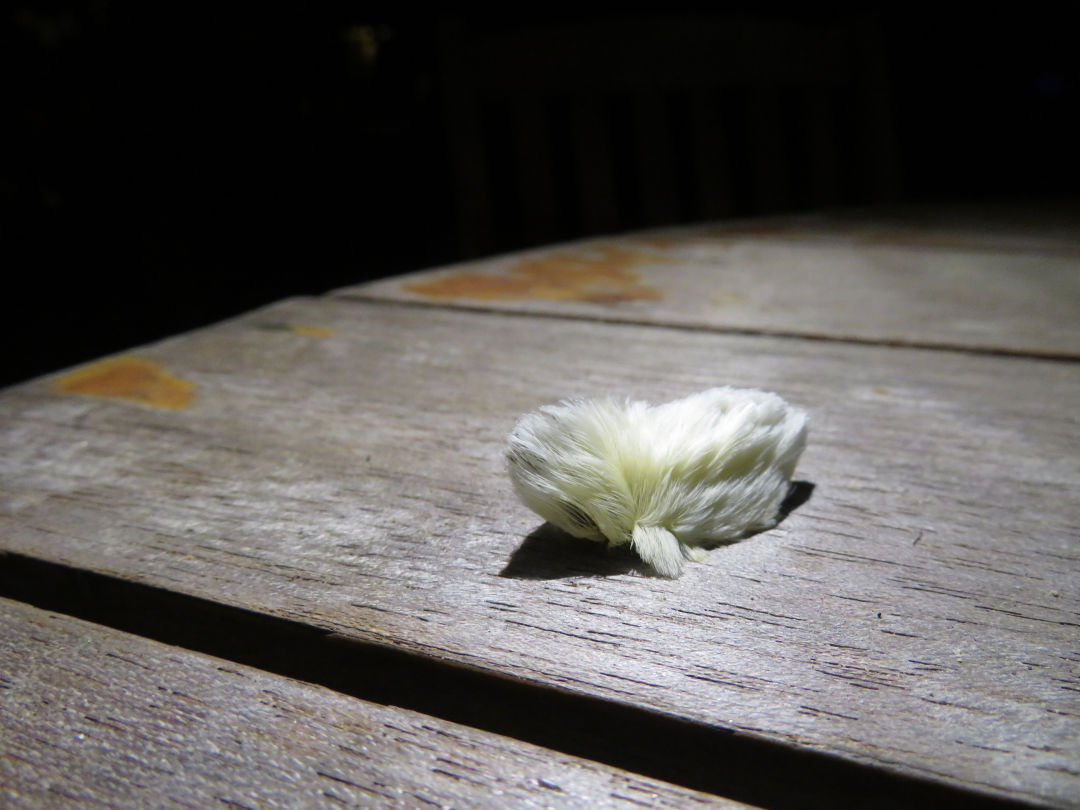The Texas Medical Center Accidentally Created a Venomous Caterpillar Outbreak

Okay, fine, the puss moth caterpillar is sort of cute.
Image: TERRESTRE/Shutterstock.com
You probably know the puss moth caterpillar, aka the "tree asp" or megalopyge opercularis, as that small white or orange-ish toupee-looking thing squirming across the sidewalk causing your oblivious exercise pal to squeal aww cute as you pull her away screaming DON'T TOUCH IT. These nasty thumb-sized buggers, the larval state of the Southern flannel moth, are one of the most venomous caterpillars in North America and appear every spring and fall. Their venomous spines (which, hoo boy, can break off in your skin) cause excruciating pain that can be as bad as breaking a bone, along with rashes, vomiting, fever and other extremely disheartening symptoms.
But something you probably didn't know about these asps, and this is straight-up crazy—the Texas Medical Center apparently created a bastion for them by keeping grackles and pigeons from landing on trees via protective netting.
According to Newsweek, when Rice University ecological researchers discovered that the Med Center was using netting to keep birds off of live oaks along its sidewalks, walkways and green spaces several years ago, they set up a multi-year study to test if the human-mediated disturbance was also causing an outbreak of venomous caterpillars. Turns out, the lack of avian predators due to netting was affecting the abundance of caterpillars.
In fact, caterpillars were 7,300 percent more abundant on netted trees in the Med Center than in non-netted trees nearby. This is especially disconcerting seeing as the Med Center hosts about 10 million visitors annually—some with compromised immune systems—all facing a human health risk due to the increased exposure to venomous caterpillars.
While the study does not show that netted trees lead to an increase in asp stings, it does highlight the important role ecology plays in urban planning and hopes to show the complexity of our local ecosystems, especially regarding how species interact with each other and how humans, even those running the world's largest medical and research complex, can create unforeseen consequences that make it rain toxic-spined Trump wigs of terror. According to Science Daily, more H-Town destinations that use netting for trees (common in urban areas) or other purposes— netting used for animal enclosures is common at zoos, for instance—could also potentially be at risk for increased exposure to caterpillars.




